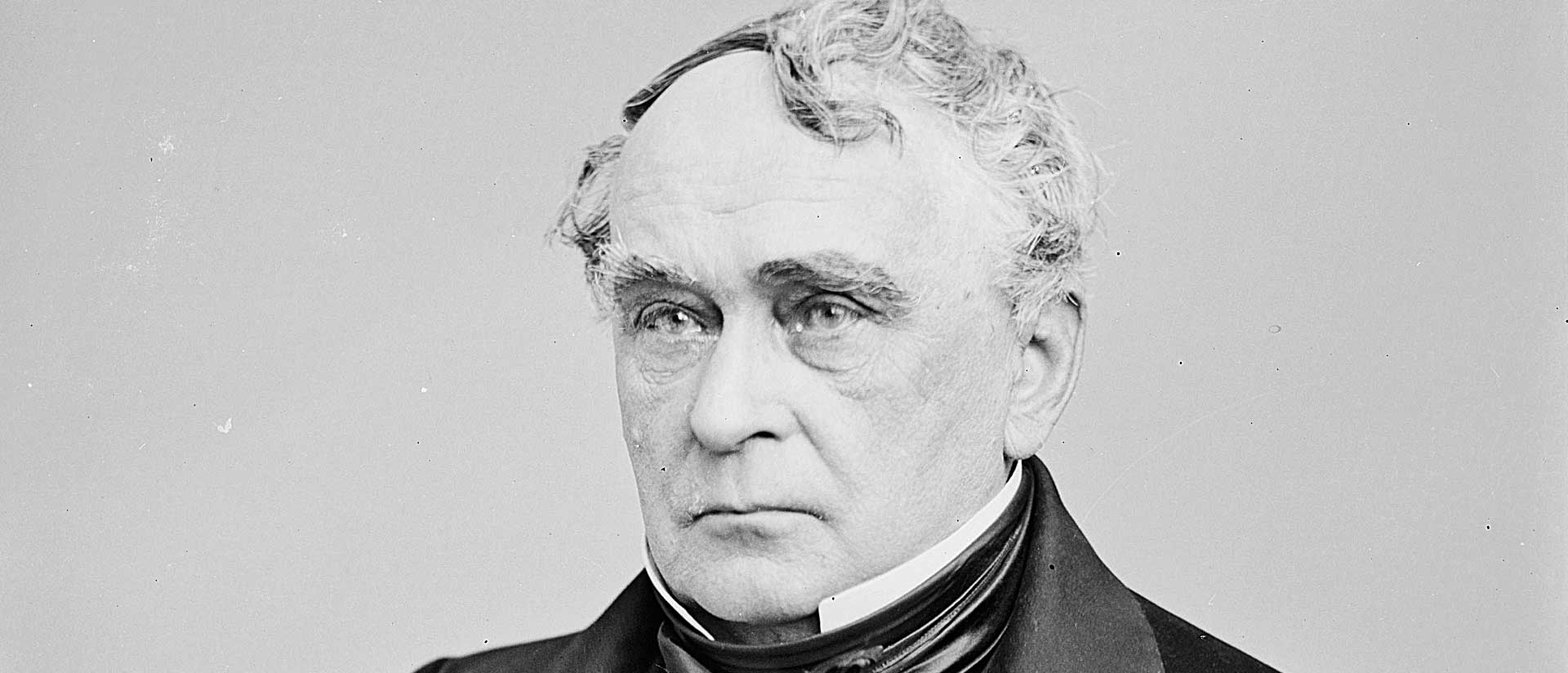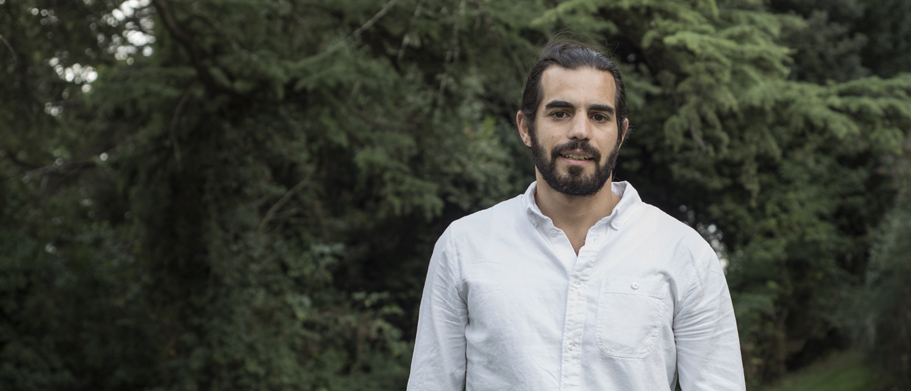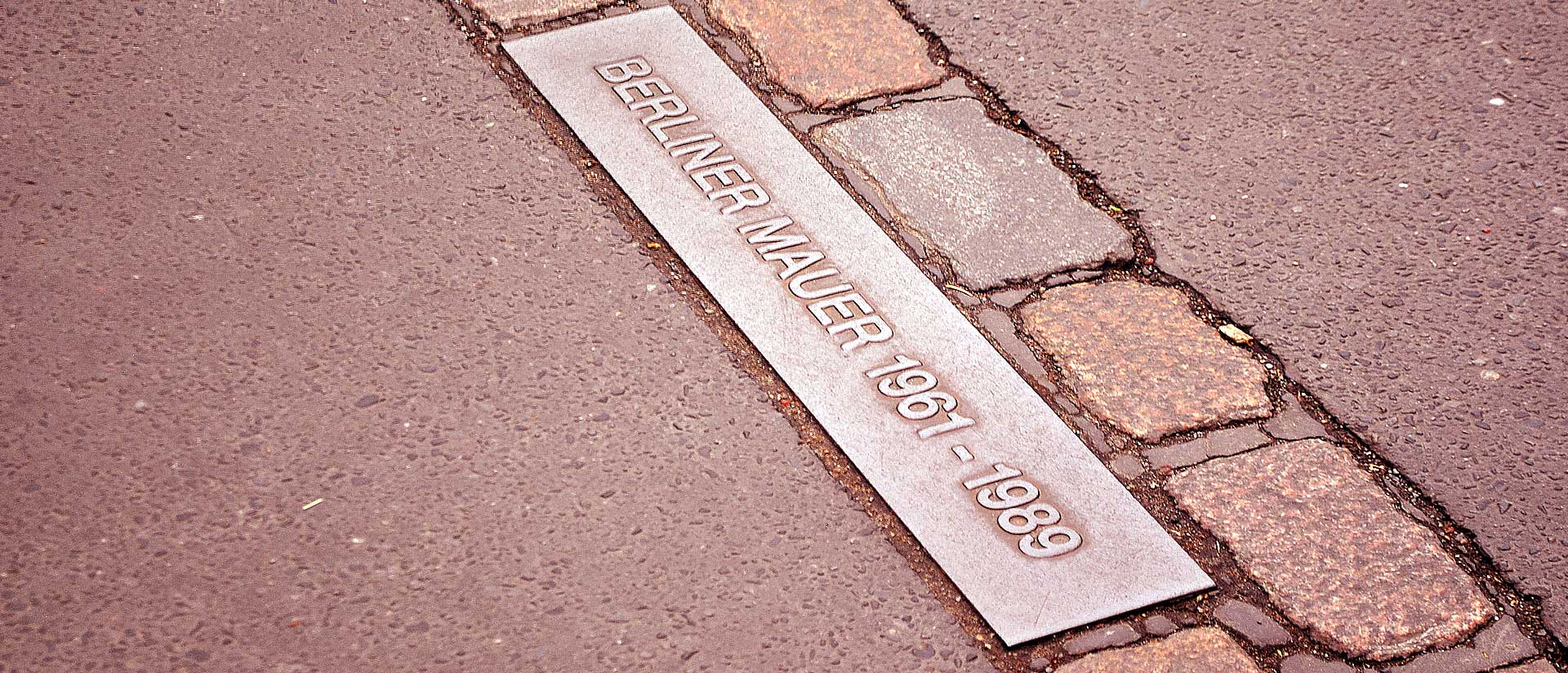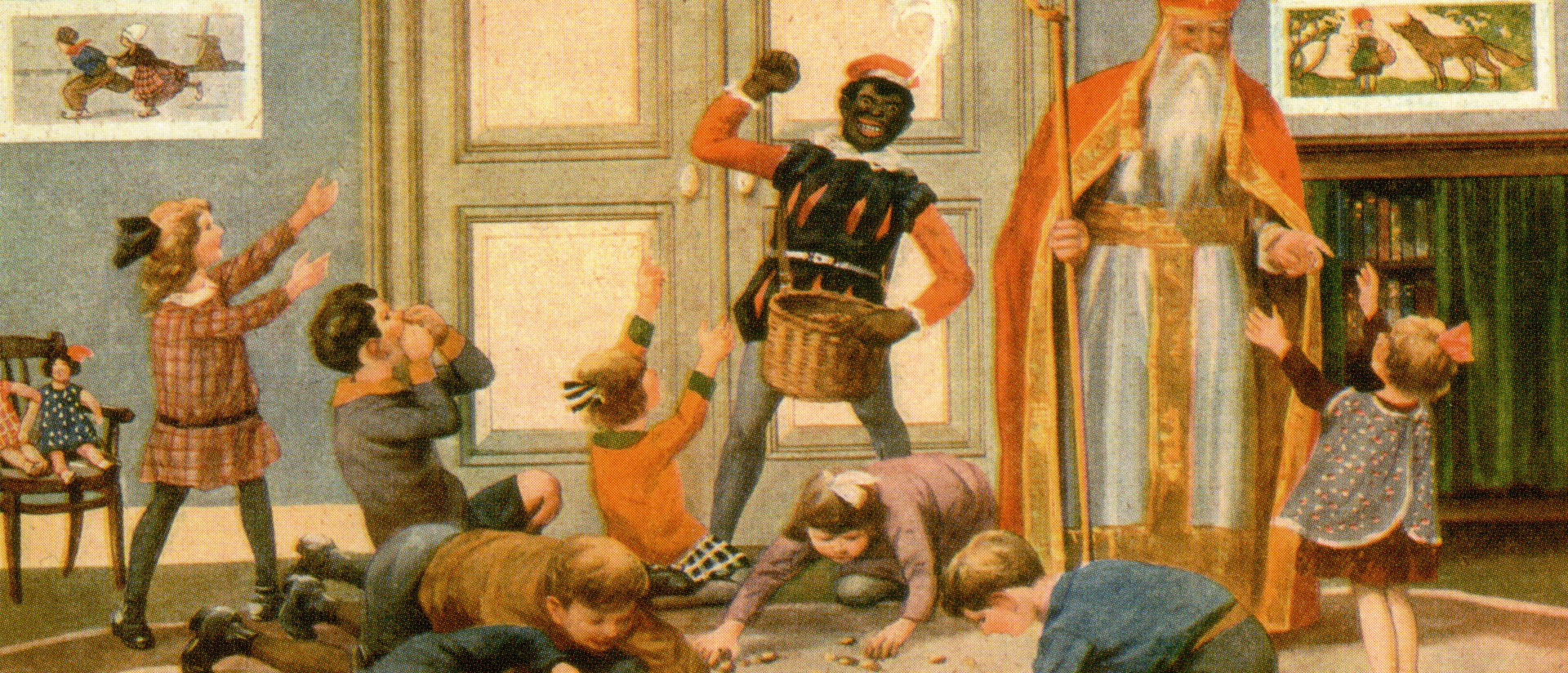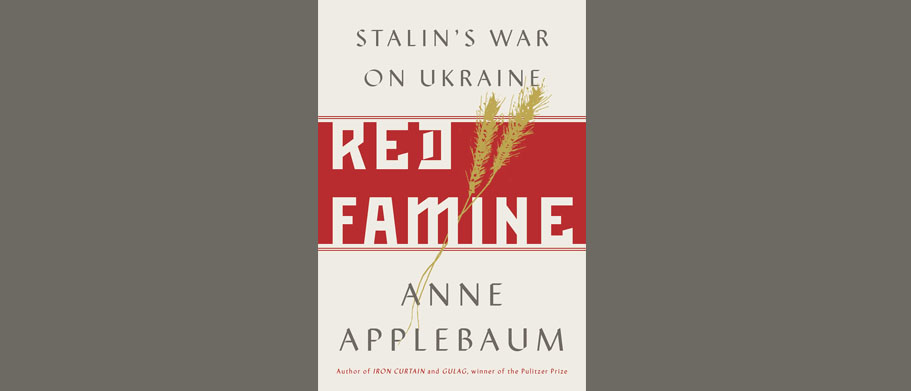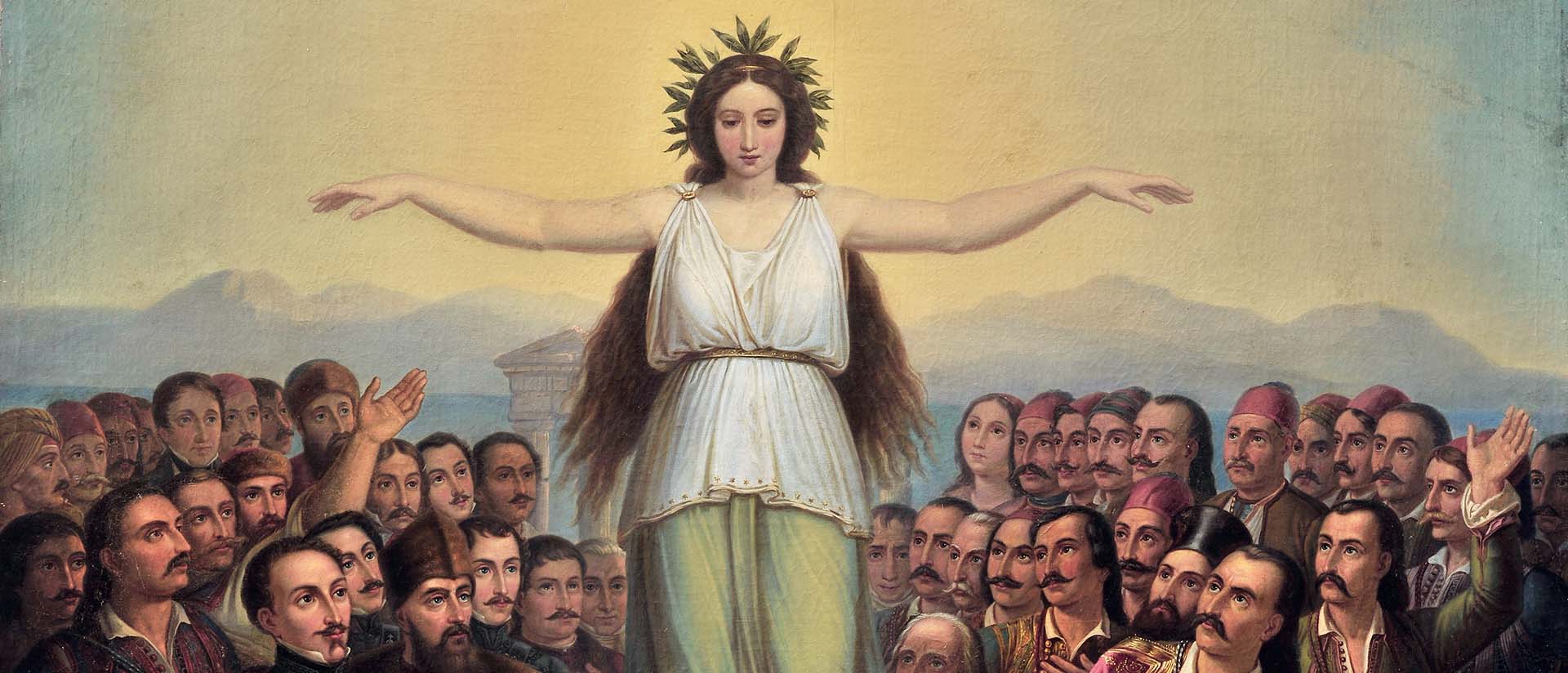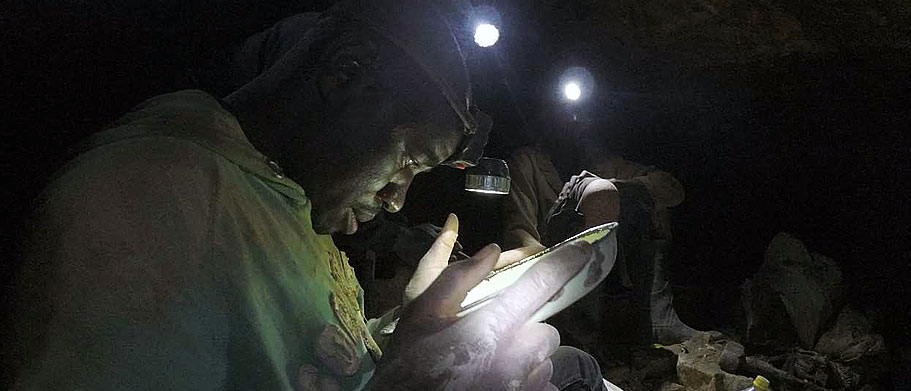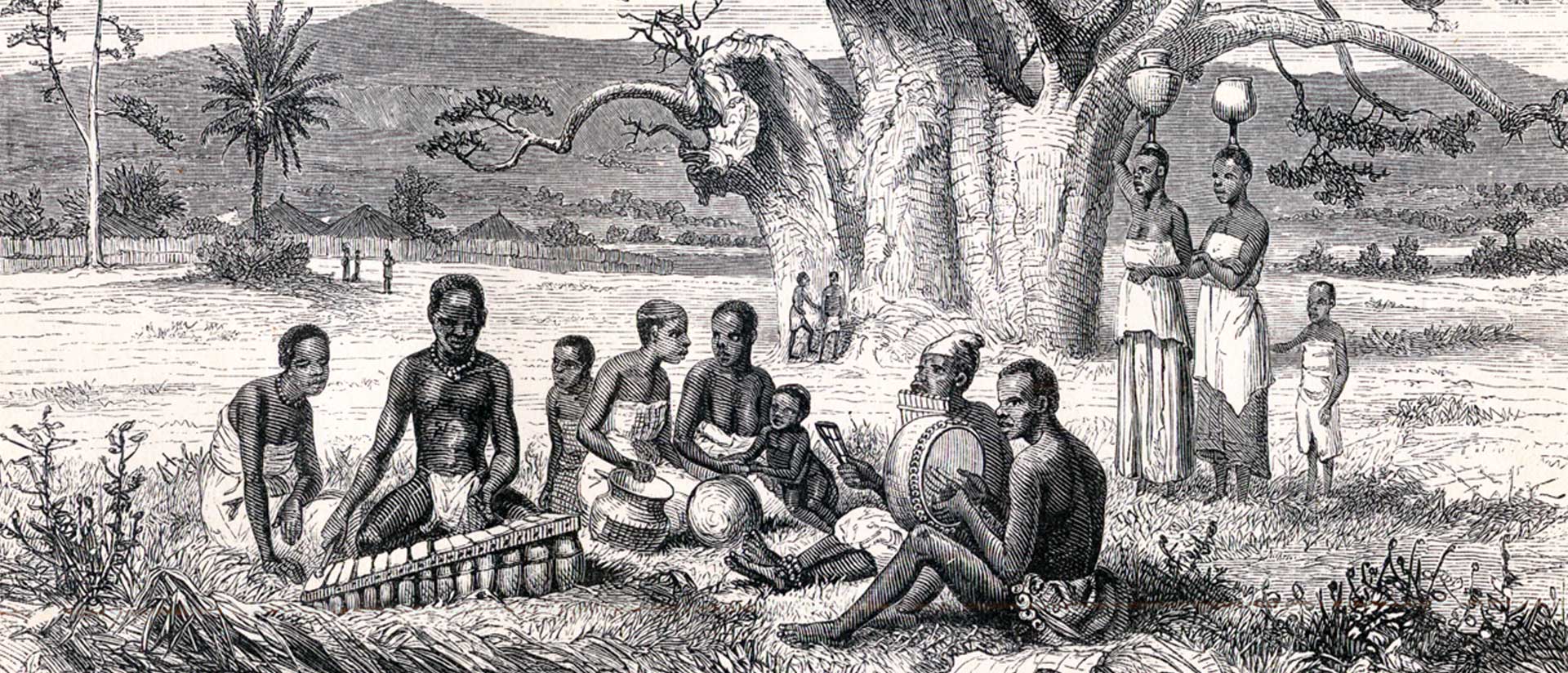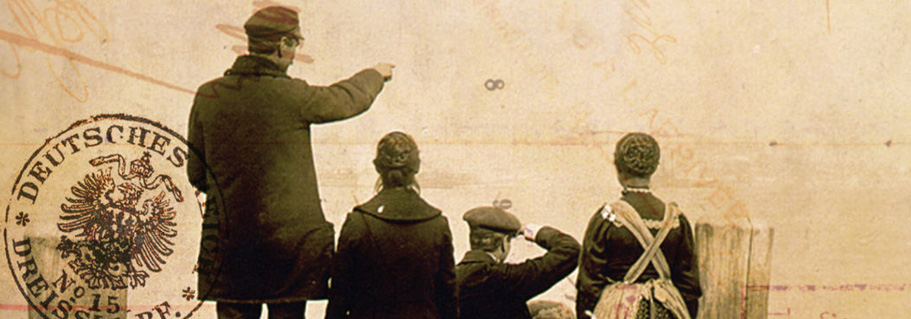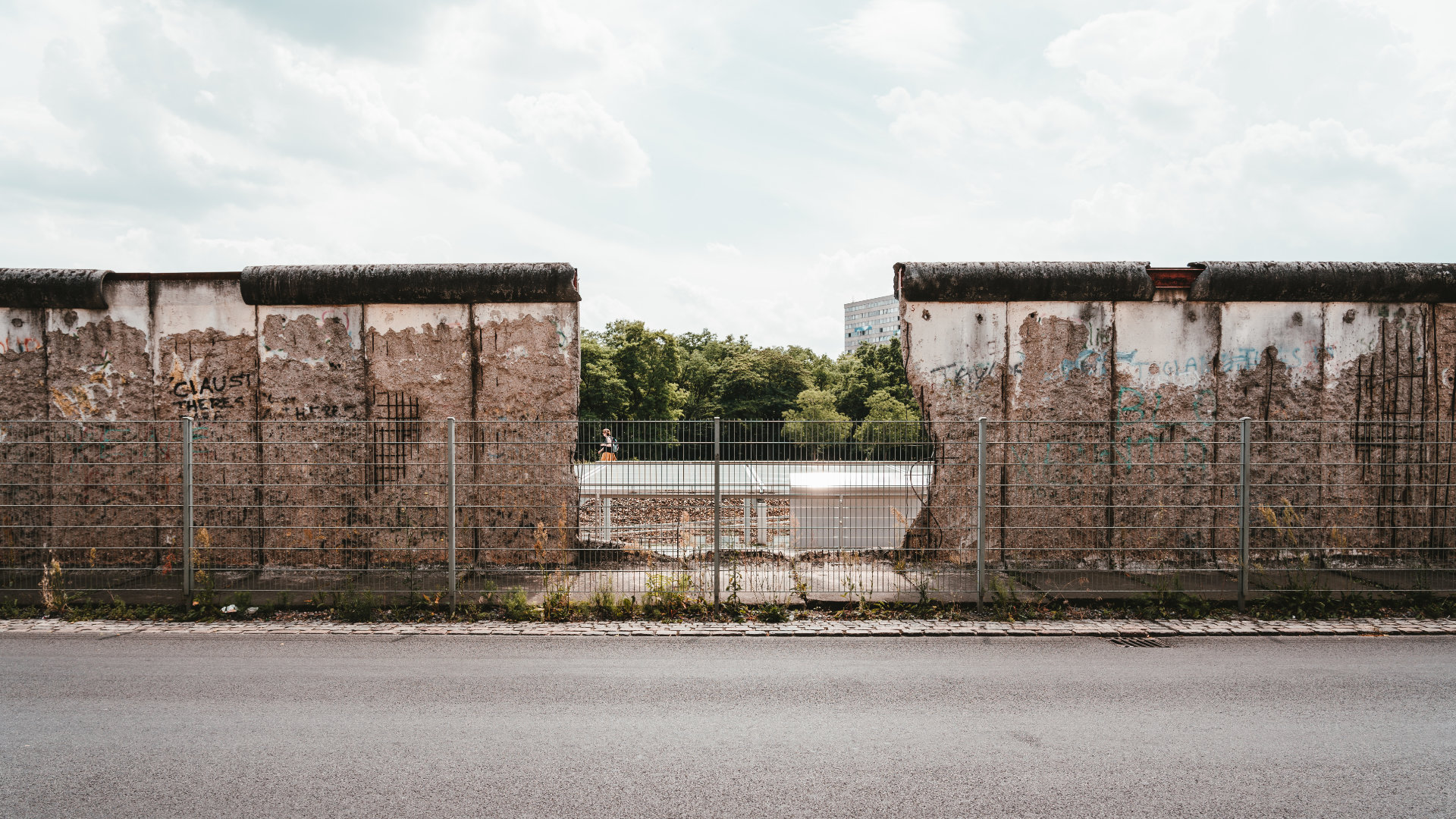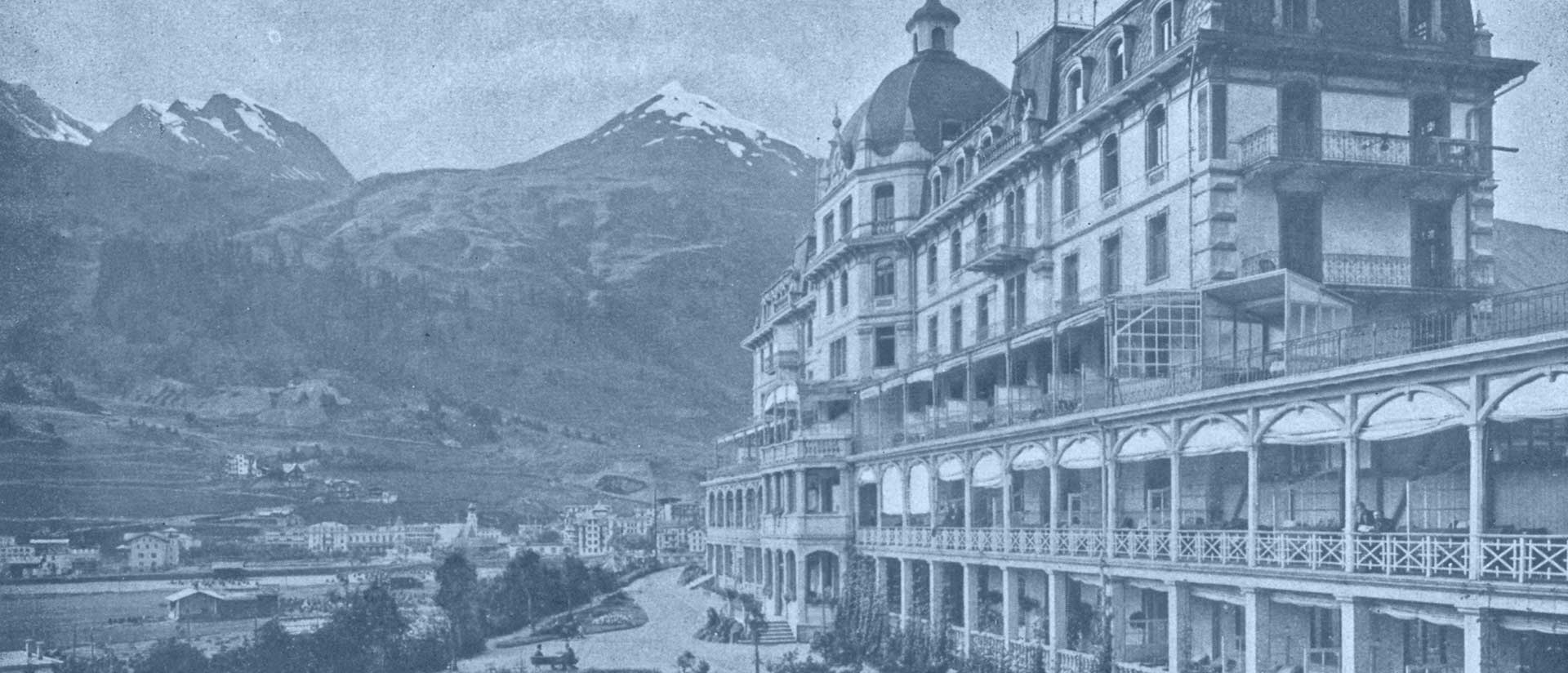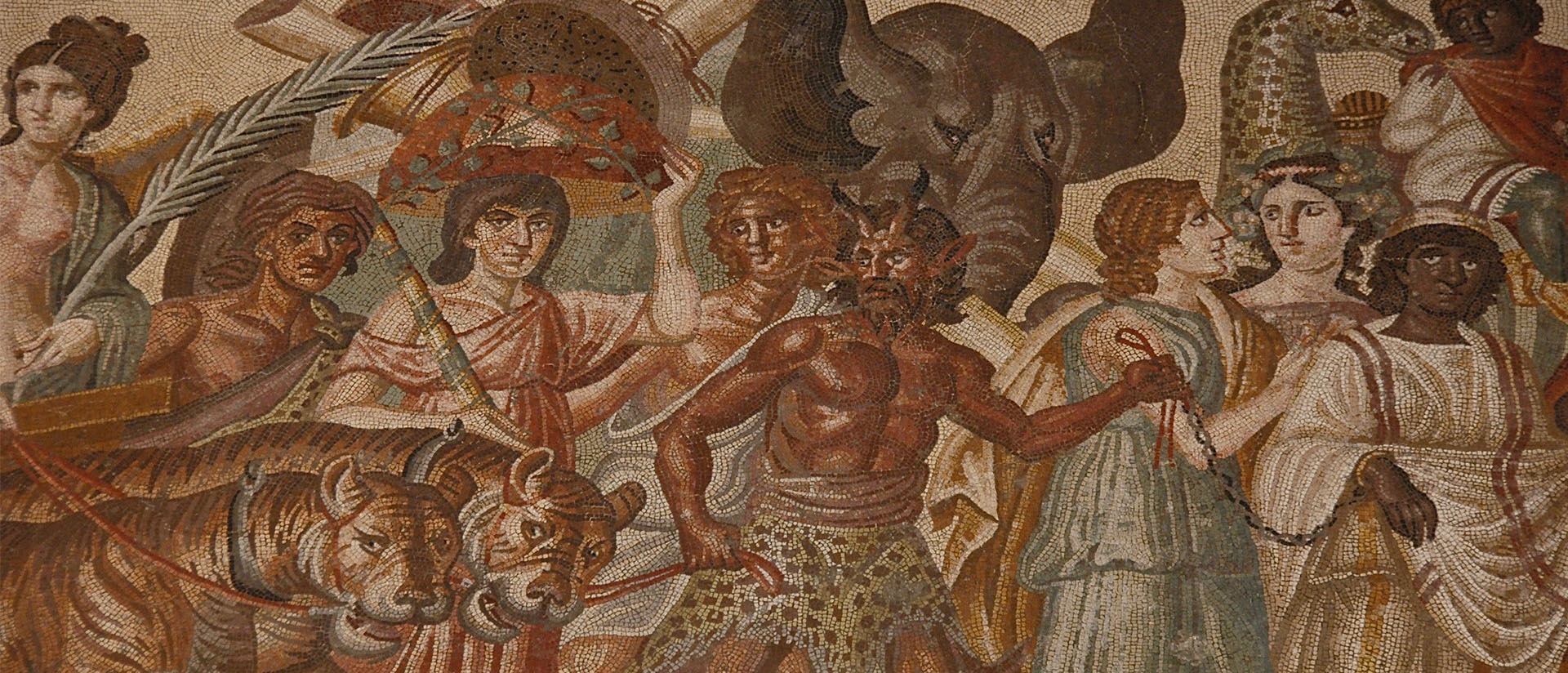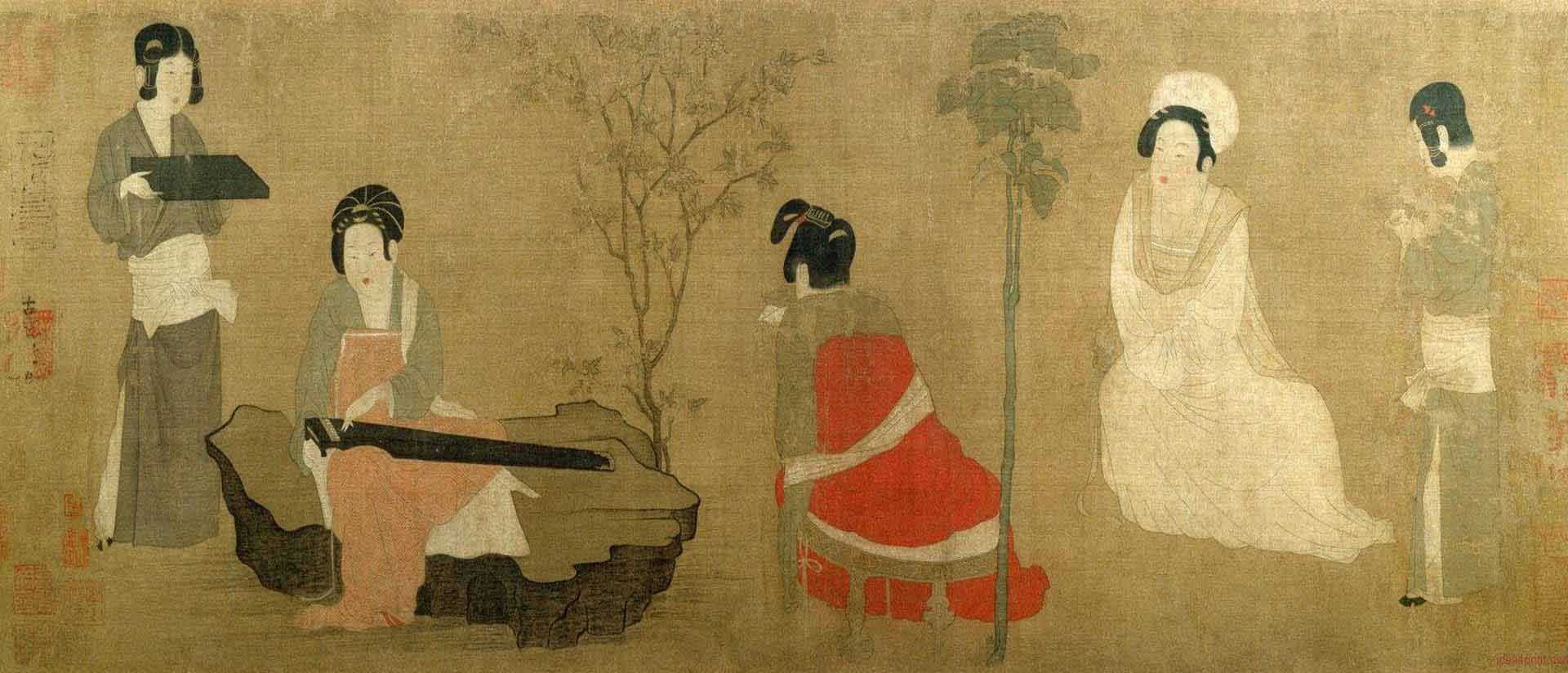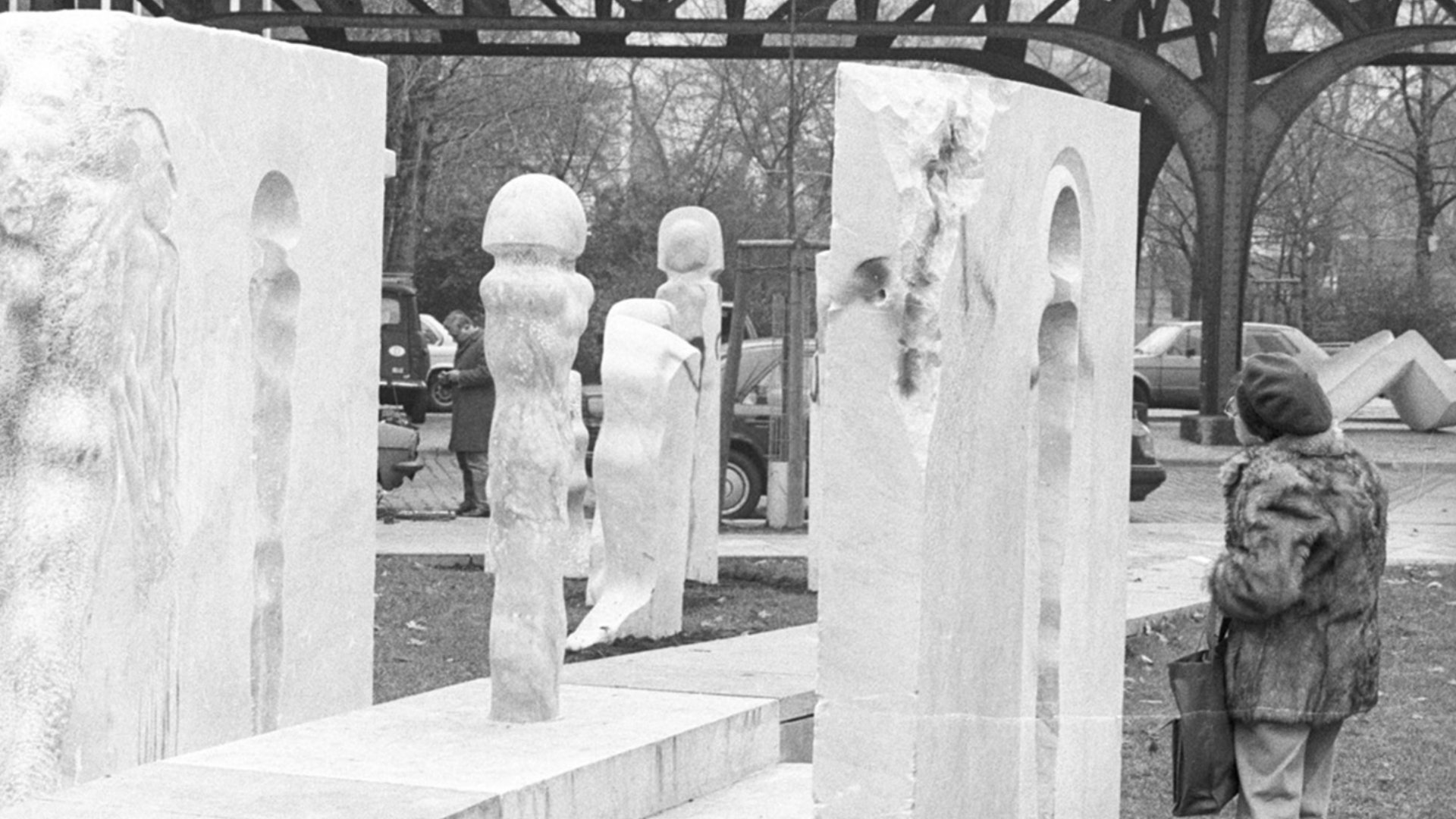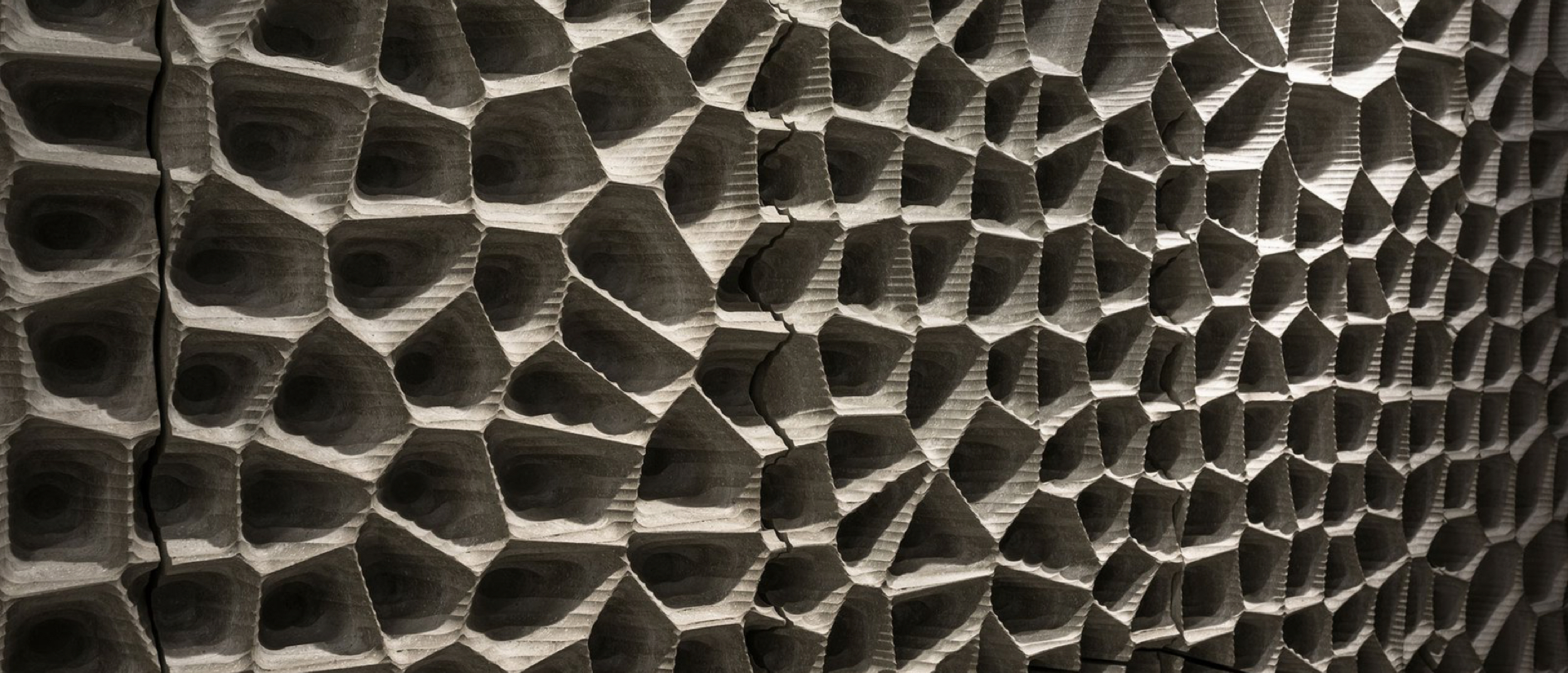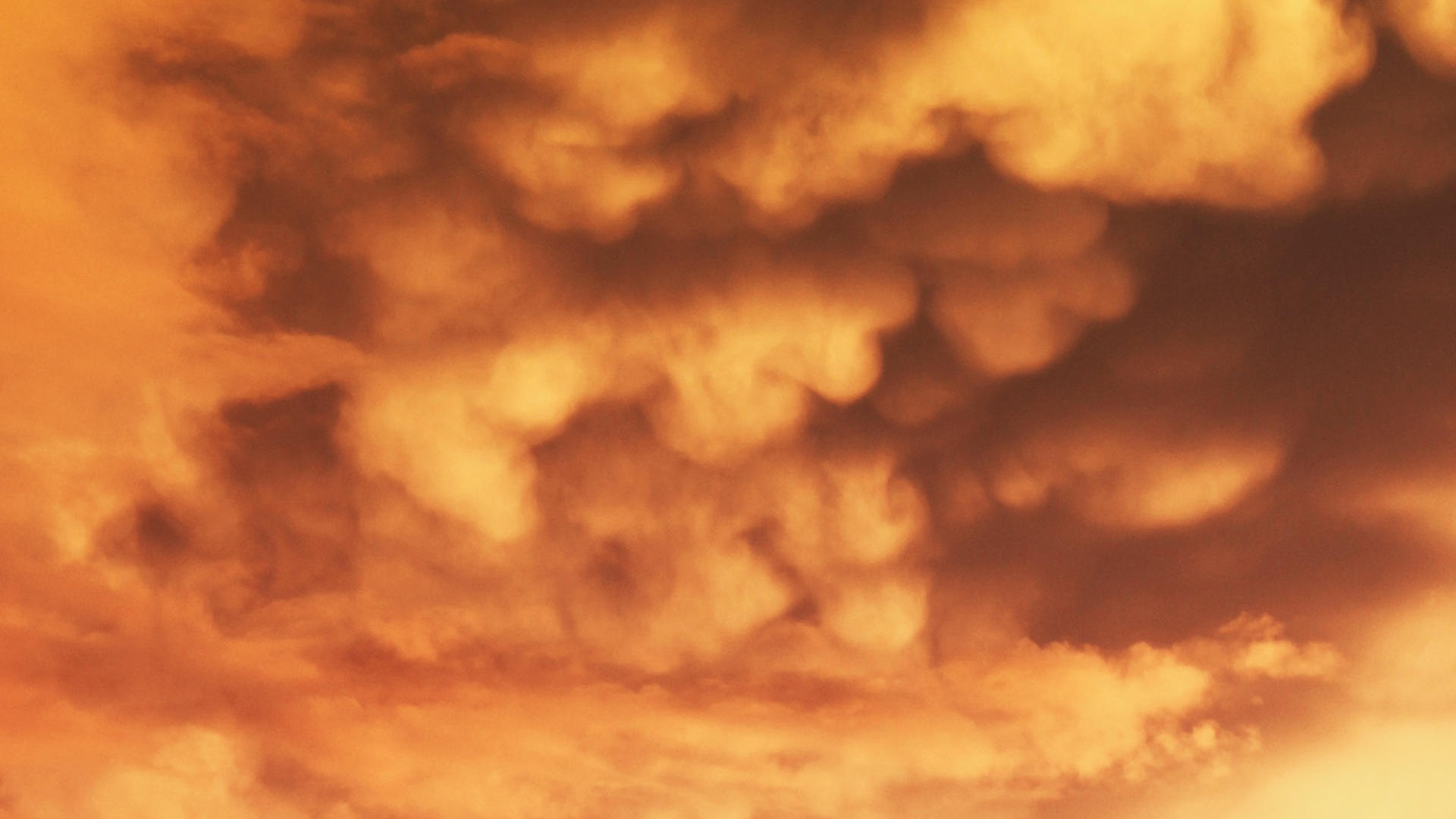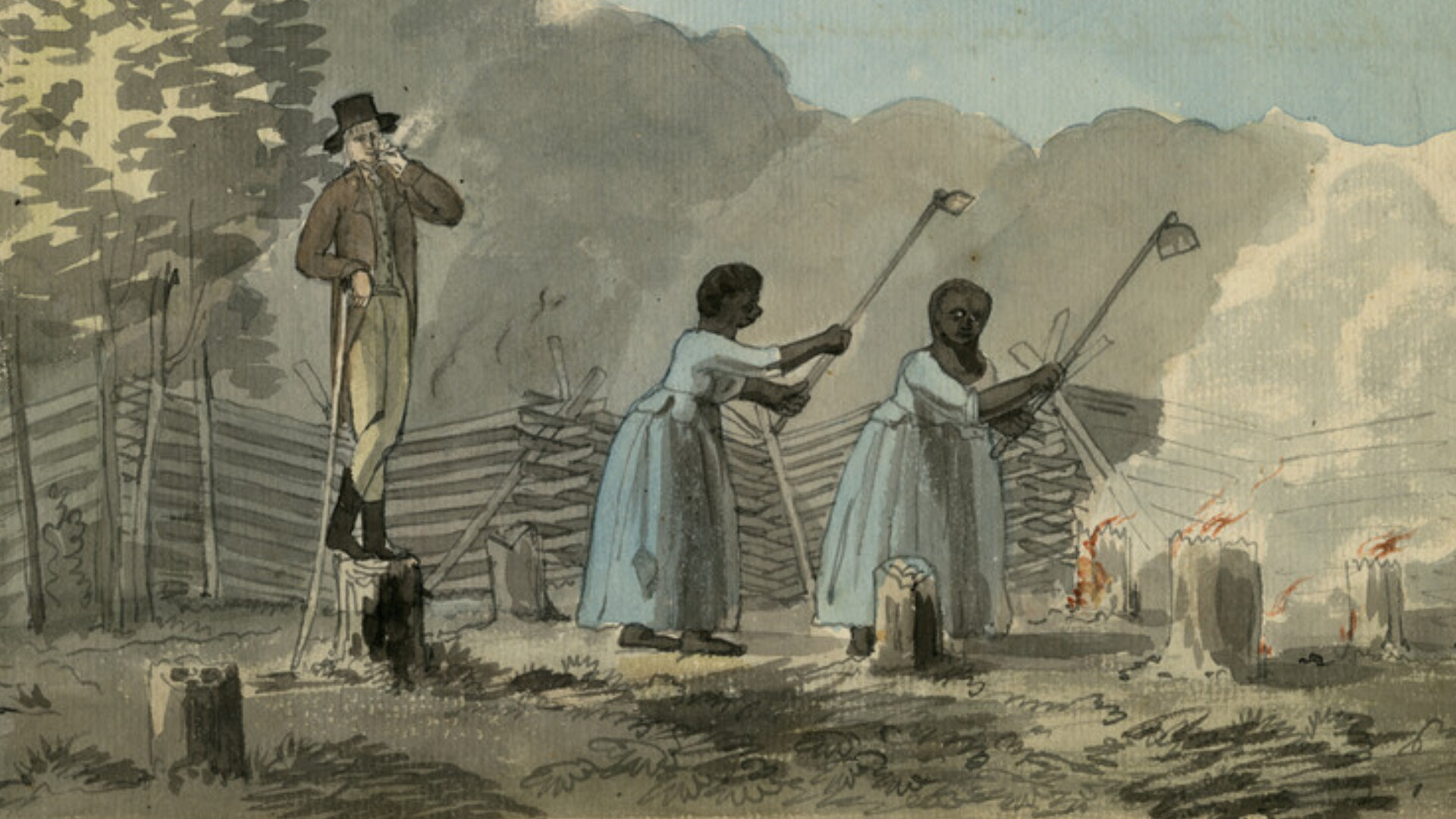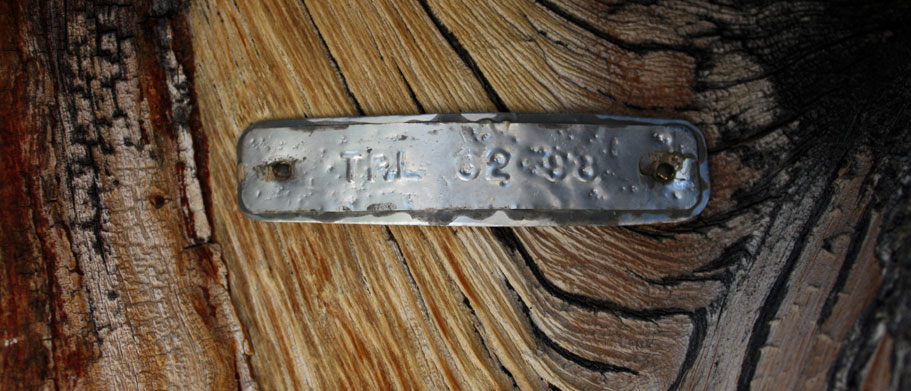
Secular Sacred Groves
Ancient trees in modern times
By Jared Farmer
“What is the world’s oldest tree?” is a very old question. Theophrastus and, later, Pliny, Pausanias, and Josephus each made investigations. Their antique lists were mythological as much as botanical. The plants in question had associations with gods, heroes, oracles, prophets, and sanctuaries. The oldest trees of the classical world grew in haunts, not in the wilds.
Today, Guinness World Records maintains a list of oldest things, including trees. The latest oldest tree, approaching 5,000 years, is a contorted specimen of Great Basin bristlecone pine (Pinus longaeva) on the desolate slopes of the White Mountains in eastern California. Guinness does not invoke the authority of any deity but rather that of Dr. Edmund Schulman (1908–1958), the dendrochronologist who discovered the specimen in the 1950s.
Schulman’s main tool for discerning a tree’s age was a “Swedish increment borer,” which should have been called a “German increment borer” because the invention had been perfected by Max Robert Preßler (1815–1886), of Dresden. His Zuwachsbohrer was an elegant instrument that allowed extraction of a pencil-thin core sample without damage to the organism. Nineteenth-century German foresters used coring tools to conduct arboreal censuses.
Even as Germans like Preßler made inventories of forests, they took note of merkwürdige Bäume (remarkable trees) to be preserved, not felled with the others at optimal rotation age. Honoring individual trees resolved a cultural contradiction, for Germans celebrated both their modern brand of rational forestry and the primordial bond between the forest and the Volk.
The category merkwürdige Bäume originated in the early modern period, when it suggested freak forms of vegetal growth worthy of cabinets of curiosity. By the time of German unification, in 1871, “remarkable trees” grew to include legendary plants endowed with historical associations (e.g., the Luther-Ulme in Pfiffligheim), often situated romantically near spas and hiking paths. Under the influence of Prussian botanist Hugo Conwentz (1855–1922), German provinces designated old trees as Naturdenkmäler (natural monuments) in the opening years of the twentieth century. Natural history associations published regional tree guides, or Baumbücher.
Across the Atlantic, in the United States, contemporaries of Conwentz made their own nationalist compilations of remarkable and historic trees (e.g., the Washington Elm in Cambridge). These American dendrophiles operated on the assumption that the nation’s “ancient trees” existed only in remote mountainous areas of the Far West. The distribution of giant sequoia—singular to the Sierra Nevada—and the establishment of dendrochronology—unique to the University of Arizona—strengthened that (incorrect) assumption.
In the 1940s and 1950s, Edmund Schulman, of Tucson, took many western field trips, bumping over dirt roads, coring old conifers, and compiling a database of tree-rings that allowed him, without computers, to deduce multi-millennial climatic changes in the American Southwest. Writing for National Geographic in 1957, he revealed the location of the “oldest known living thing.” This bristlecone pine quickly became known as “Methuselah.” After the announcement, the US Forest Service set aside the surrounding land, and named the reserve after Schulman, who died of heart failure as his article went to press.
Schulman Grove is a “grove” only in the attenuated sense of a Greek “sacred grove,” a cultural inheritance passed down by Roman poets. It remains to be seen if science and statute, without religion or literature, can sanctify a grove in perpetuity. In the White Mountains, there is no altar. The oracles from Arizona have left with their extracted data. Compared to sacred trees in the Levant (tied off with rags), or South Asia (wrapped in cotton string), or Japan (cordoned with rice straw rope), old bristlecones bear instrumental signs of devotion: aluminum tags stamped with alphanumeric identifiers.
The hiking path called Methuselah Walk is something ancient made anew—a secular sacred grove, a scientific pilgrimage site. It inspires the denken in Naturdenkmal. But thinking with non-visible tree-rings may be too abstract for would-be pilgrims. In the absence of sacred rites, visitors follow the rituals of tourism. Photographers in pursuit of sharable images trample the soil around gnarled bristlecones that visibly possess Merkwürdigkeit.
The search for meaning in ancient trees continues as long as people care about—and care for—old things. In an unwise future that is no longer unimaginable, Homo sapiens may bring forth a world so new that oldness loses its significance. Then, effectively, the latest oldest tree would become the last.
Photo: Jared Farmer, 2018. This photo was taken at the edge of the Forest Service parking lot at the Schulman Grove, very close to where the scientist pitched his summer camp in the 1950s. The aluminum tag was originally placed by Edmund Schulman’s successor, Wes Ferguson. TRL stands for Tree-Ring Lab, the short name for the Laboratory of Tree-Ring Research, at the University of Arizona. This particular tag fell off the tree a few years ago. A forest ranger found it, took it home, soldered it to a cut piece of aluminum from a can (to give it more sturdiness), and nailed it back it place. I know this because the ranger showed me. Most visitors never notice this tree—even though they drive right past it, or park beneath it—because it’s not on the official trail.
Jared Farmer is a professor of history at Stony Brook University.


